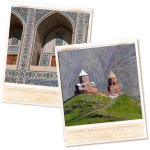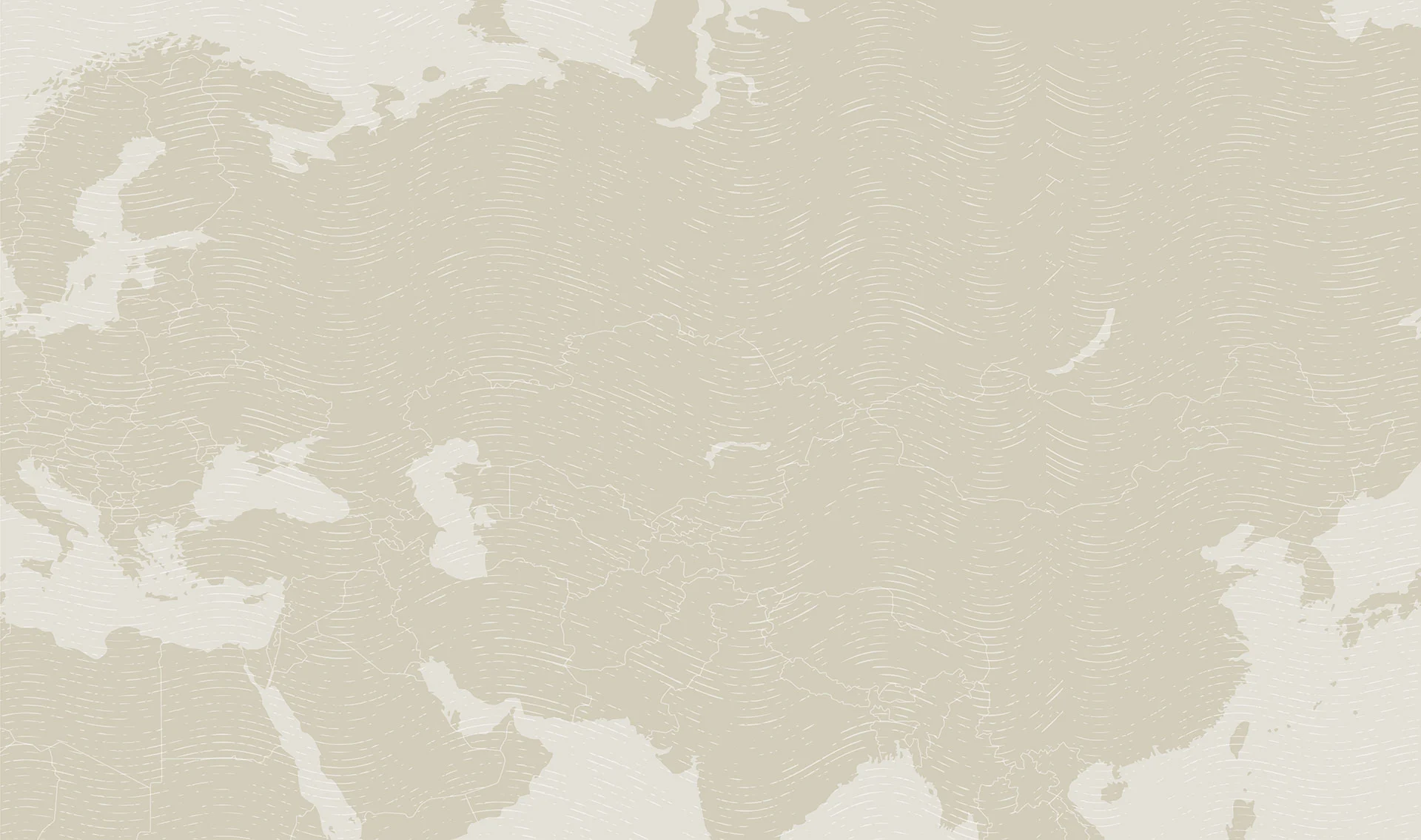Exploring Uzbekistan in the Low Season Months
What to Expect During Uzbekistan’s Quietest Season
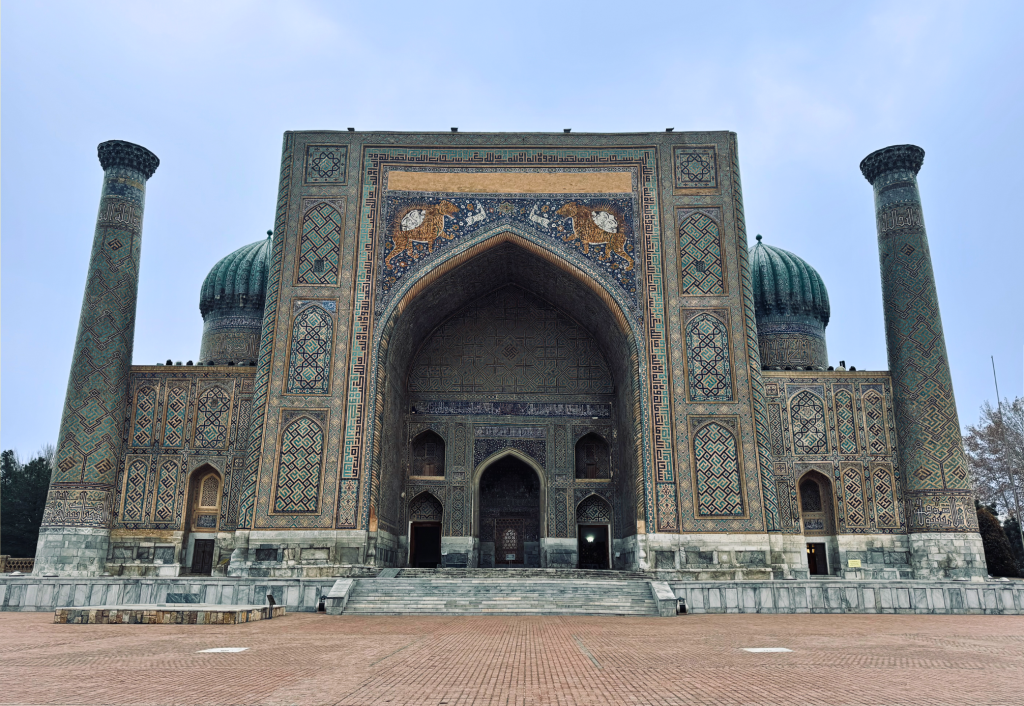
Uzbekistan is MIR’s most popular destination at the moment, and for good reason. The nation’s impressive Silk Road heritage, blue-tiled Timurid architecture, and vibrant arts and crafts have been featured on our itineraries for decades. However, recent infrastructure improvements (especially better hotels and improved international connectivity) have made Uzbekistan all the more appealing (not to mention easier to access).
The best time to visit Uzbekistan for most travelers is undoubtedly the peak seasons of April/May and September/October. During those months temperatures are at their most mild in this doubly land-locked and highly continental climate. The problem with that is that as Uzbekistan’s popularity grows, the availability of the best hotels and guides becomes increasingly strained during those peak months. MIR’s expert travel planners and operations staff on the ground in Uzbekistan can often work miracles to carve out stellar itineraries for our travelers during the peak months, but it can be a challenge, especially at short notice. When we can’t make it work, we’ll often recommend the low season months: March, June, and November. Hotel and guide availability is typically better in those months and while the weather is marginally cooler or warmer than in the peak months, it can still be quite pleasant. If mild weather is important to you as a traveler, those peak and shoulder months are definitely the way to go.
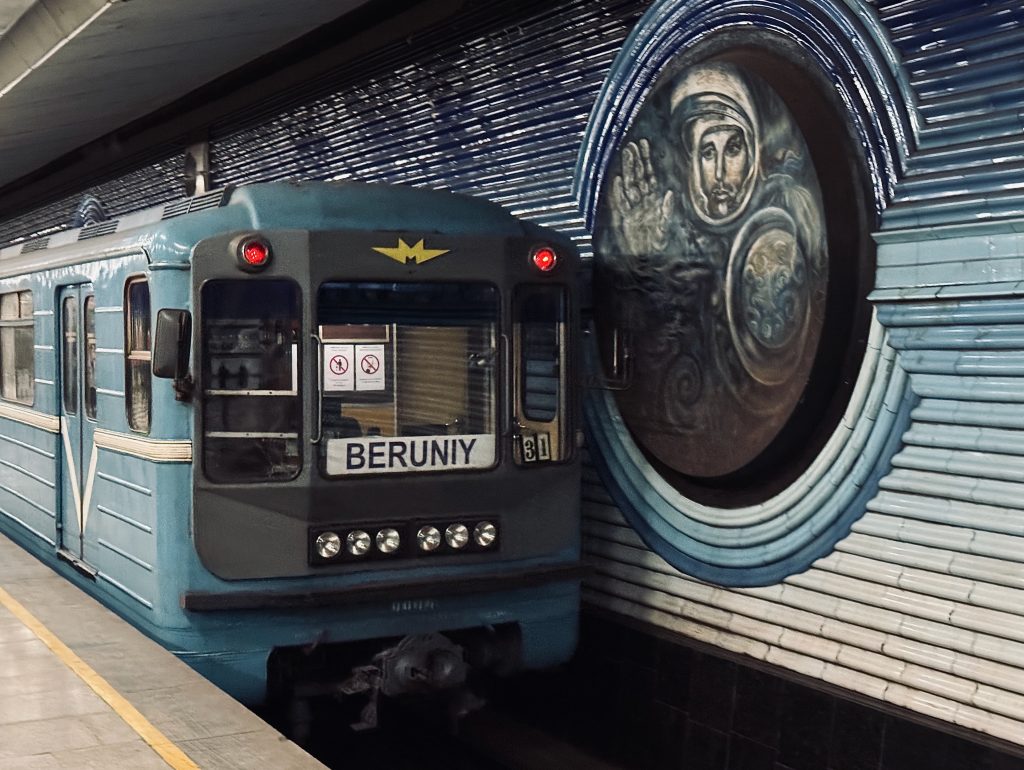
What if Cold or Hot Temperatures are Not a Big Deal for You?
If cold or hot temperatures don’t bother you, consider traveling during the low season months: December, January, and February in the winter, and July and August in the summer. The three winter months are often quite cold with temperatures hovering around the freezing point and snow and rain a possibility. July and August are typically dry but quite hot with high temperatures exceeding 95°F. Those temperatures alone deter most travelers from visiting in the low seasons – but there are very real benefits. Those benefits are what I want to discuss here, as I ask that you give some consideration to low season travel.
I was in Uzbekistan for a week in January 2025. I went to attend and lead part of a training event for our guides and also to inspect some of the new hotels in Tashkent and the Silk Road oasis towns of Khiva and Samarkand. Yes, it was cold! It even snowed lightly for two days. But… I was prepared for the weather AND despite the weather (perhaps because of it) I had an excellent time.
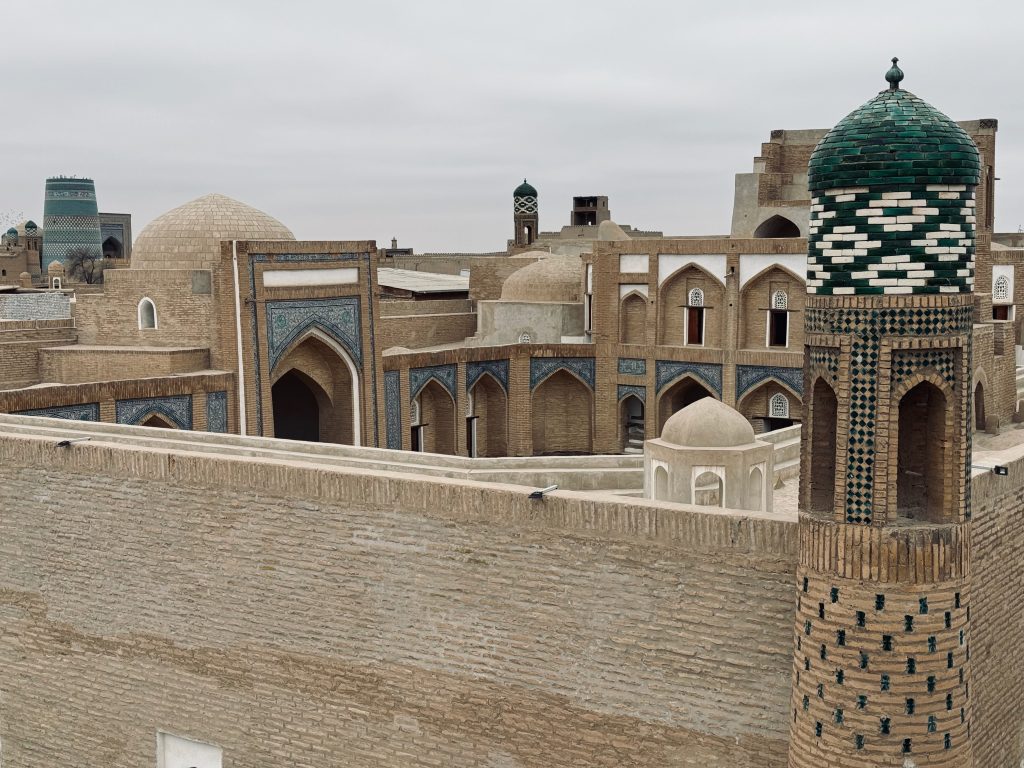
A Key Moment Came in Samarkand
I walked onto the impressive Timurid Registan Square with my Tashkent-based colleague, Alex. We stood in the center, surrounded on three sides by some of the most impressive monumental Islamic architecture on the planet. We looked around, and I started laughing. No one was there. We had the place completely to ourselves. It was the equivalent of visiting the Eiffel Tower or the Parthenon without the crowds: a very rare experience. Alex noticed me smiling and looking around and said “It’s always like this in January. No one comes in the winter.” I took some pictures and videos, gloriously devoid of other travelers, and thought to myself… Why? I had a coat and a hat. It was cold but nothing extreme. Gloves would have been nice. Maybe a thermos of hot chocolate or tea (MIR can arrange that!). But I felt completely fine, and although I had visited the Registan many times before, I experienced it without crowds for the first time. I was thrilled.
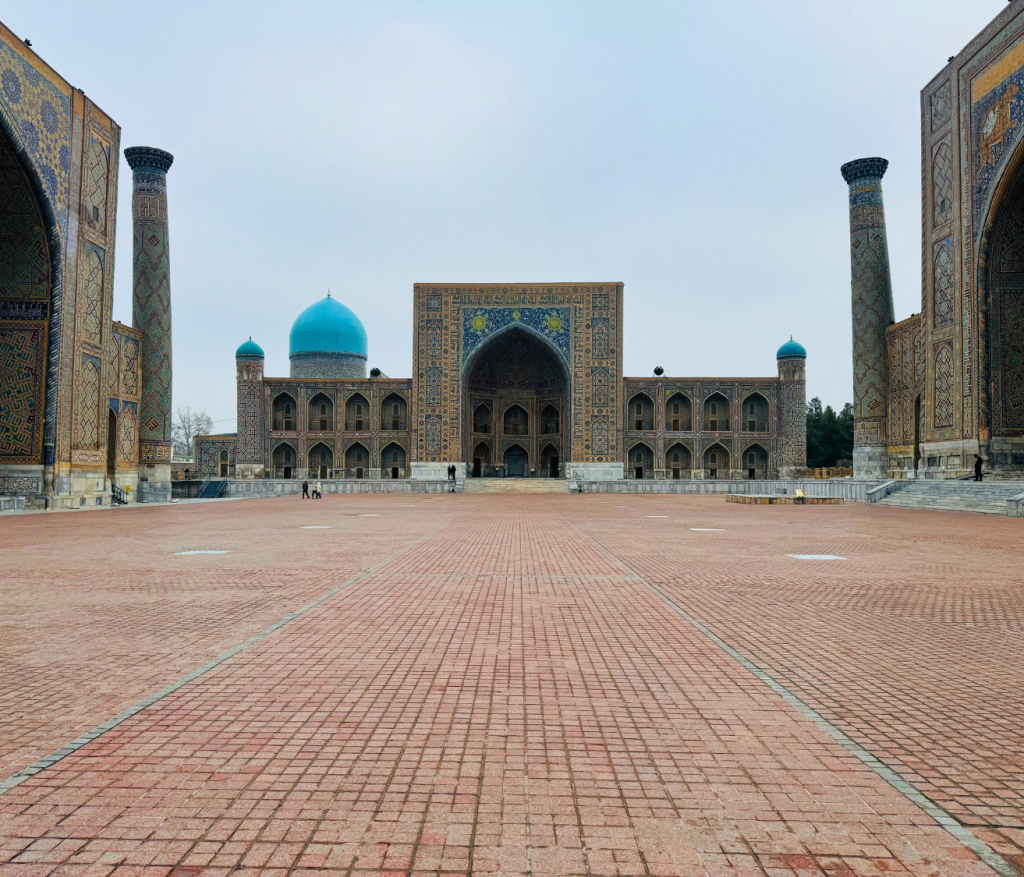
On the same trip I also spent a day wandering the extremely atmospheric alleys of Khiva’s old town, a tiny area that often draws dense crowds during peak months. In January it was as though the town had opened just for me. You might be wondering if attractions and businesses were open in the low season. The answer is a resounding yes. All the sights were open, just not busy. Handicrafts workshops were open and artisans were often practicing their crafts inside, building a stockpile for the peak months to come. Restaurants were open and I had some excellent meals including a tableside preparation of the Khivan specialty shivit oshi (dill noodles topped with sauteed vegetables and meat). The best hotels all had plenty of rooms available. Rates can also be a bit lower! If you’re willing to pack and wear a coat, gloves, hat, and scarf, you’ll find plenty of reasons to appreciate winter travel in Uzbekistan.
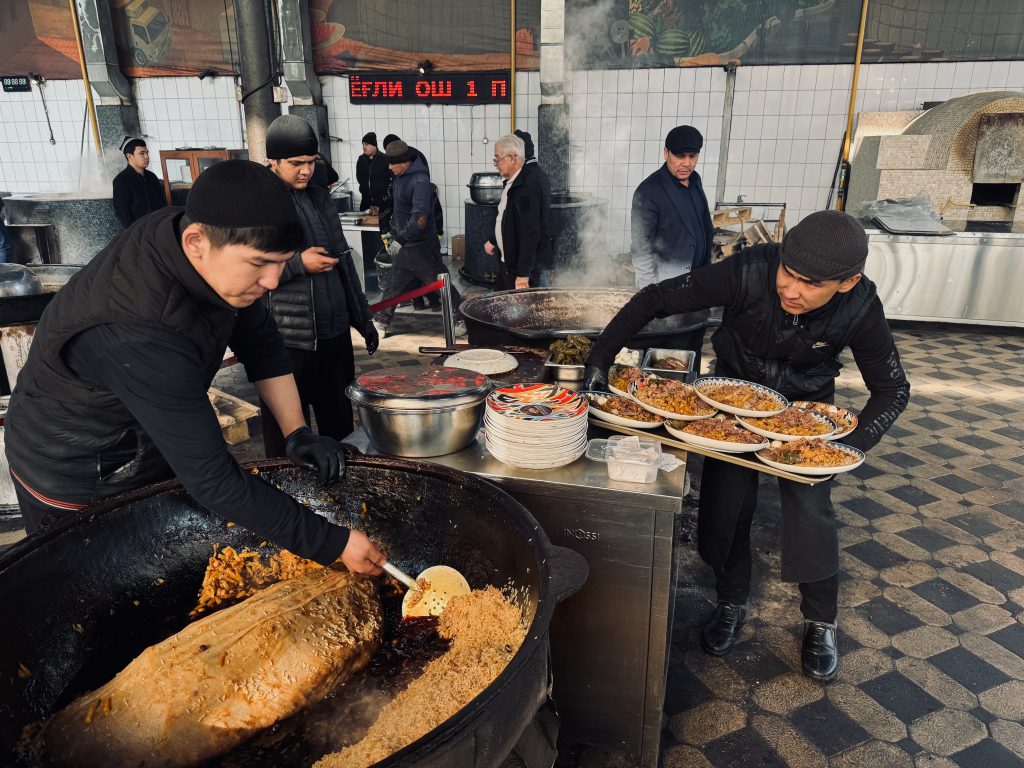
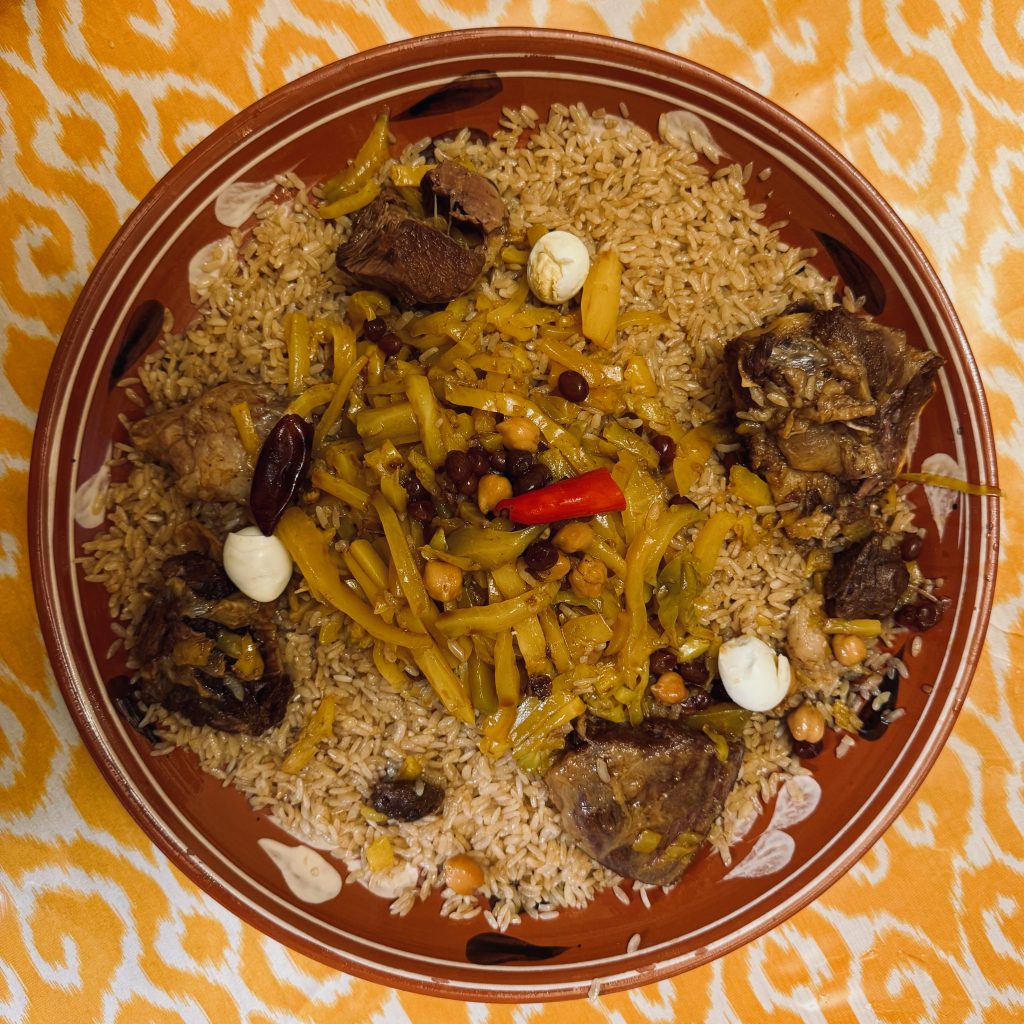
Summer is a similar story, only with hot weather instead of cold. The cities don’t empty out quite as much as they do in the winter, but the crowds are still dramatically thinner than in the peak or even shoulder seasons. The key in the summer is to stay hydrated, to wear loose, airy, and light-colored clothing, and to focus touring on the morning and evening hours when it is cooler, with time at the pool or resting in an air-conditioned room in between. The summer is definitely not for everyone, but something to consider if warmer temperatures are not a problem for you.
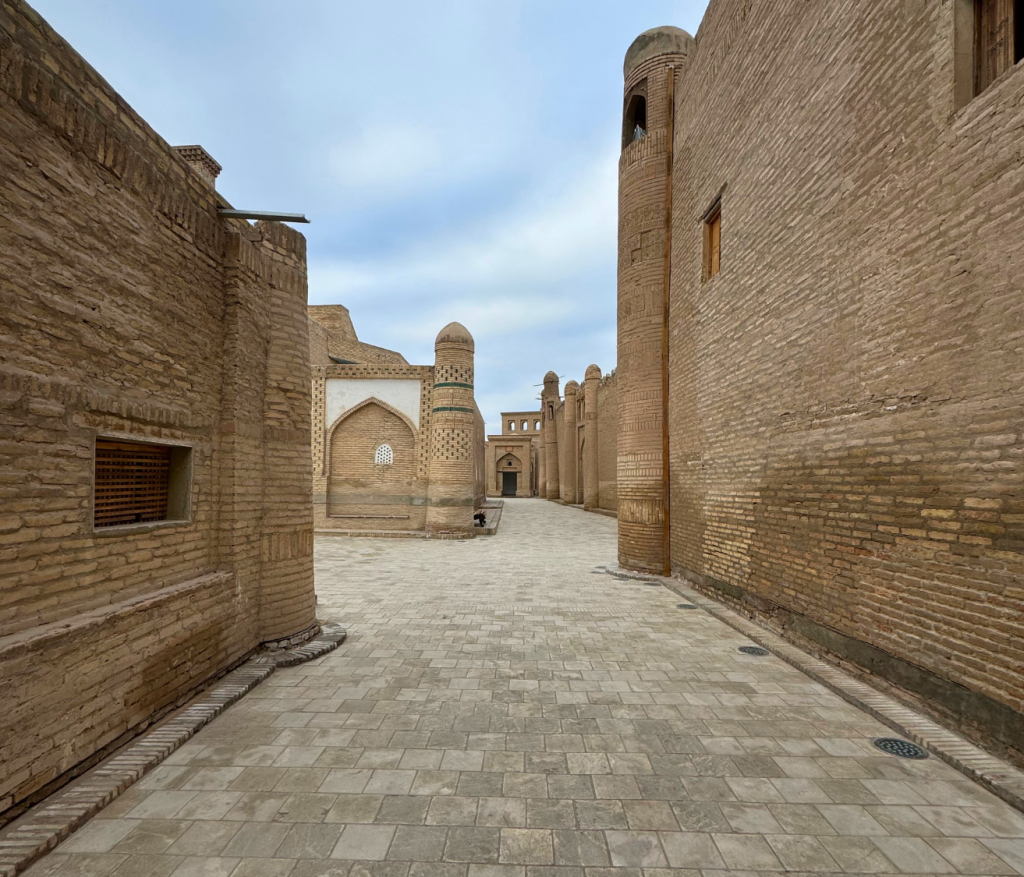
If you’d like to start planning a trip to Uzbekistan, we can help. You’ll find small group and private tour options on our website, including journeys along the Silk Road in Central Asia. Reach out to a MIR tour specialist to discuss the options, to book a spot, or to start planning a customized trip. As you do, please give some thought to low season travel, and if it sounds like a good fit, let us know.






